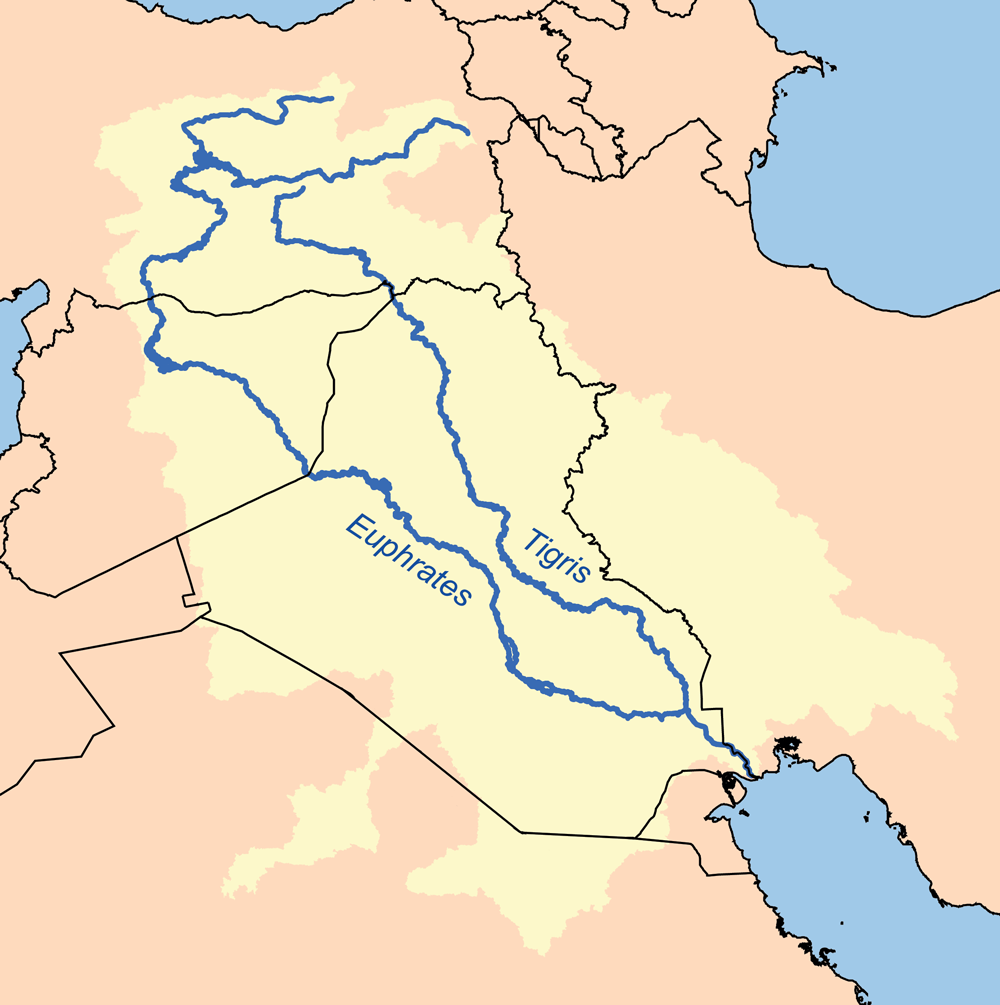
Turkey started in the 1980s with the South-eastern Anatolia Project.
The South-eastern Anatolia Project is a project that includes the construction of 22 dams along the Euphrates and Tigris rivers in the South-eastern provinces of Turkey.
Currently there are plans to build more than 90 dams and 60 power plants in the Euphrates and Tigris basin.
The main purposes of the project are:
· to eliminate the regional development inequalities by raising people's income level and living standards,
· energy production (an installed capacity of 7500 Megawatts is planned) and
· regional development through irrigated (1.82 Mio. ha land) agricultural production.

Ataturk dam

A farmer maintains irrigated cotton fields in southeast Turkey.










